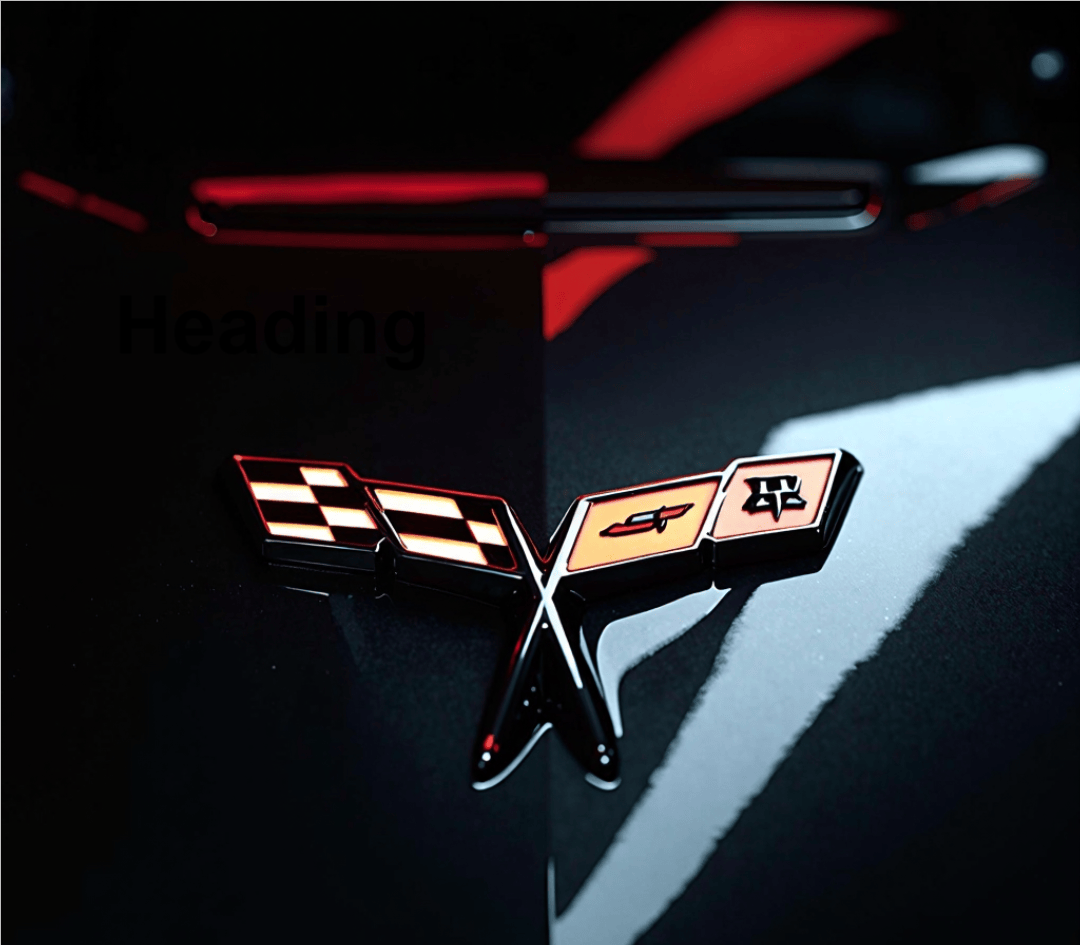
The Forgotten Powerhouse: Chevy's LT5 DOHC V8 Engine
The Chevrolet Corvette has long been synonymous with performance and innovation, and at the heart of its remarkable history lies the legendary LT5 DOHC V8 engine. Launched with the Corvette ZR-1 in 1990, the LT5 was designed not just as a stellar engine, but as a statement — a bold statement that American engineering could compete on the world stage. Why, then, has this engineering marvel often been overlooked? Let's explore the story behind this potent power plant and its brief but impactful existence.
How the LT5 Came to Be: A Unique Engine Development
In the mid-1980s, the Corvette's chief engineer, Dave McLellan, envisioned a new supercar that could outshine its European competitors. To realize this dream, he enlisted the help of the racing experts at Lotus Engineering and the manufacturing capabilities of Mercury Marine. This unprecedented partnership led to the creation of a DOHC V8 engine — a radical departure from Chevrolet’s traditional designs. The result? A powertrain that not only produced 375 horsepower at launch but later reached an impressive 405 horsepower in its final model years. This performance was not just impressive for an American car; it rivaled European sports icons from brands like Porsche and Ferrari.
The Impact and Legacy of the ZR-1’s Performance
The ZR-1 didn’t just represent a step up in horsepower; it showcased cutting-edge technology. In its debut year, it set records that stunned automotive enthusiasts. Hall of Fame racer Tommy Morrison put the ZR-1 through its paces, achieving an astonishing average speed of 175.885 mph during a 24-hour endurance race. The combination of speed, engineering, and iconic design set a new benchmark for performance in American automobiles.
Economic Challenges: The Roadblocks to Success
Despite its performance merits, the ZR-1’s high price tag — nearly double the cost of a standard Corvette — proved to be a significant barrier to widespread adoption. Starting at $58,995 compared to the Corvette's $31,979, this premium car experienced declining sales after its inaugural year. By 1992, shrinking profit margins and shifting market dynamics led GM to gradually phase out the LT5 engine. It was a tragic consequence of internal pressures and corporate choices rather than a reflection of the engine's capabilities.
Reflecting on the LT5: A Cultural Icon Reminisced
Today, many enthusiasts are rediscovering the LT5's brilliance. Prices for early ZR-1 models are on the rise, with some hitting the market for around $20,000. As appreciation for classic models increases, so does interest in the revolutionary engineering that powered them. The LT5 is not just a forgotten legend; it’s a powerful reminder of what American engineering can achieve when creativity meets high-stakes objectives.
Conclusion: Rediscovering a Forgotten Legend
The LT5 DOHC V8 engine is a testament to the possibilities within the automotive industry when ingenuity and ambition converge. For car enthusiasts, this engine signifies a bold chapter in the history of the Corvette. As we dive deeper into these stories and remember the engineers and drivers behind the ZR-1, we pay homage to a cultural icon that represents much more than horsepower. It's time for enthusiasts to revisit this impressive legacy — one that deserves a spotlight in the pantheon of automotive history. Join the conversation and share your thoughts on this legendary engine!
 Add Row
Add Row  Add
Add 




 Add Row
Add Row  Add
Add 

Write A Comment